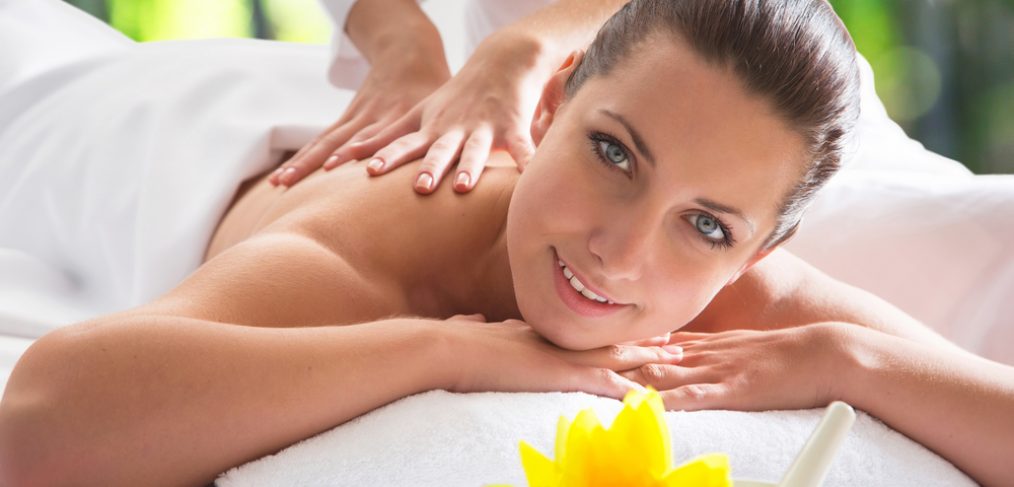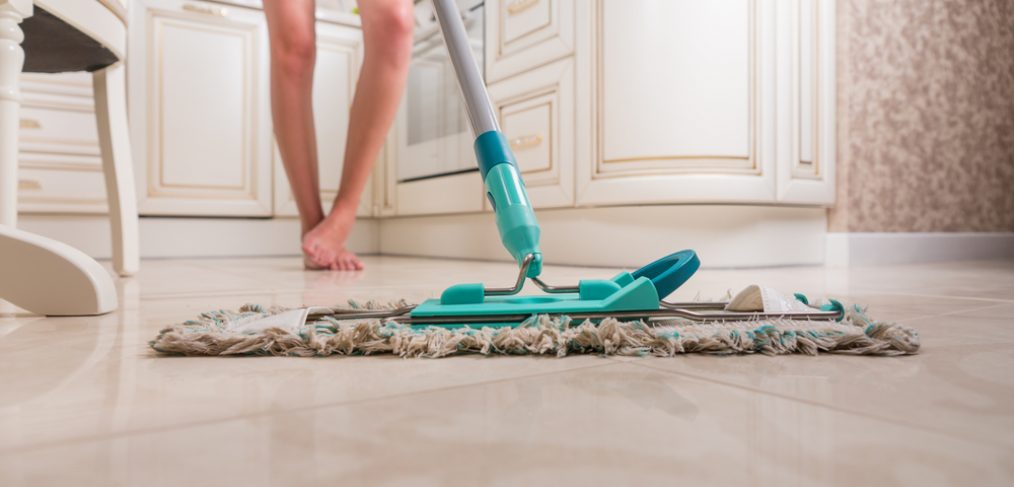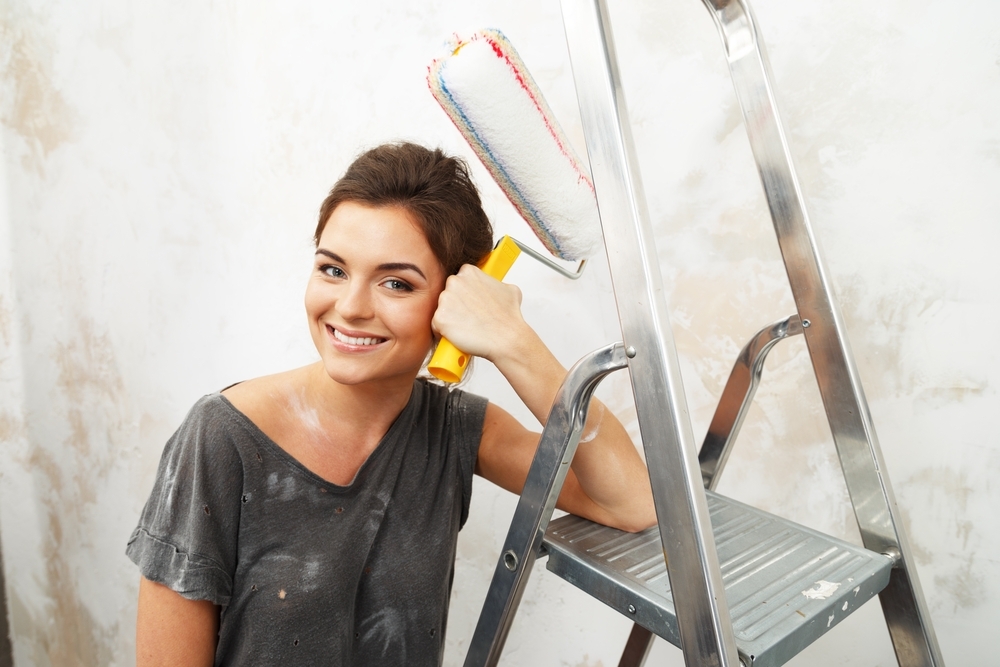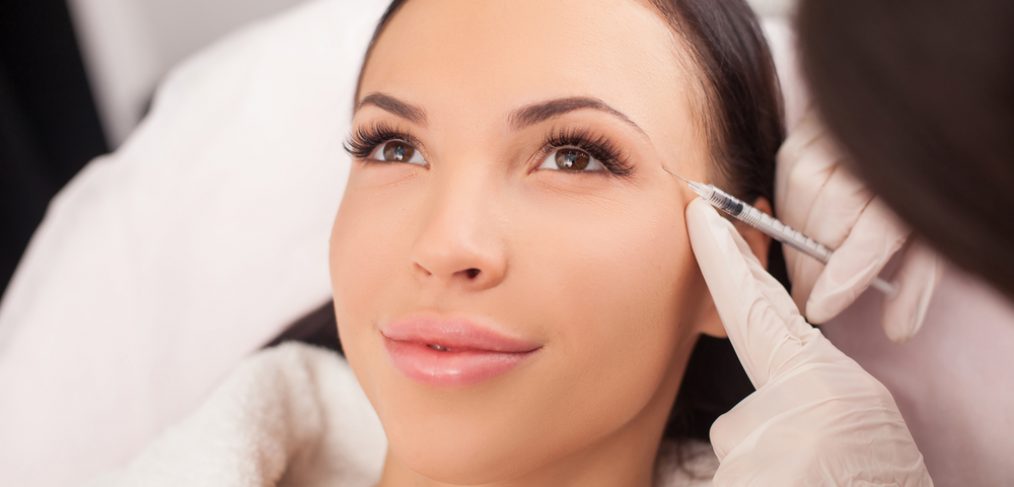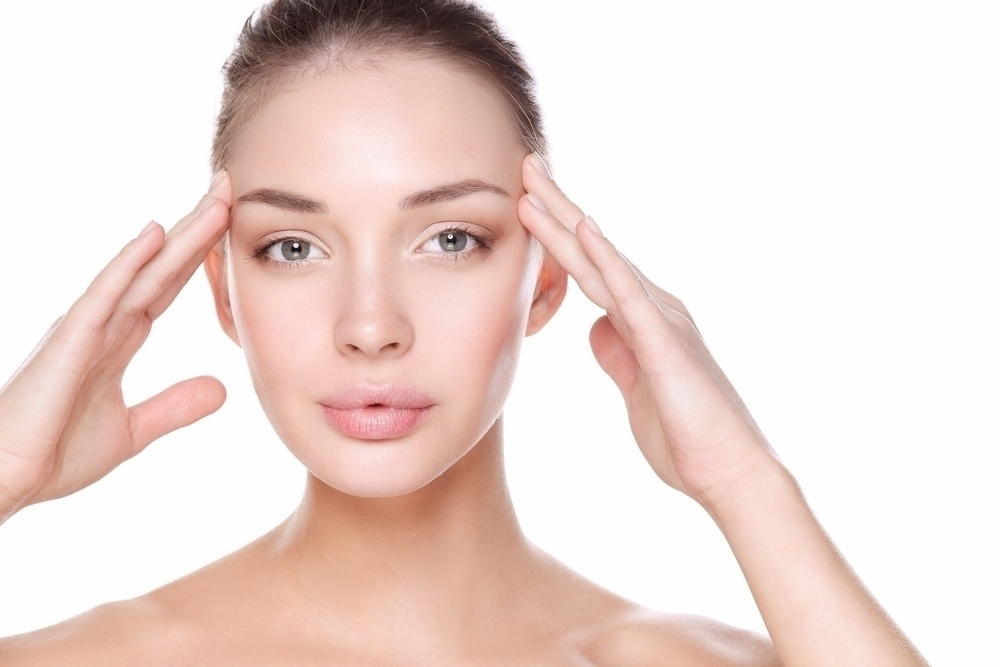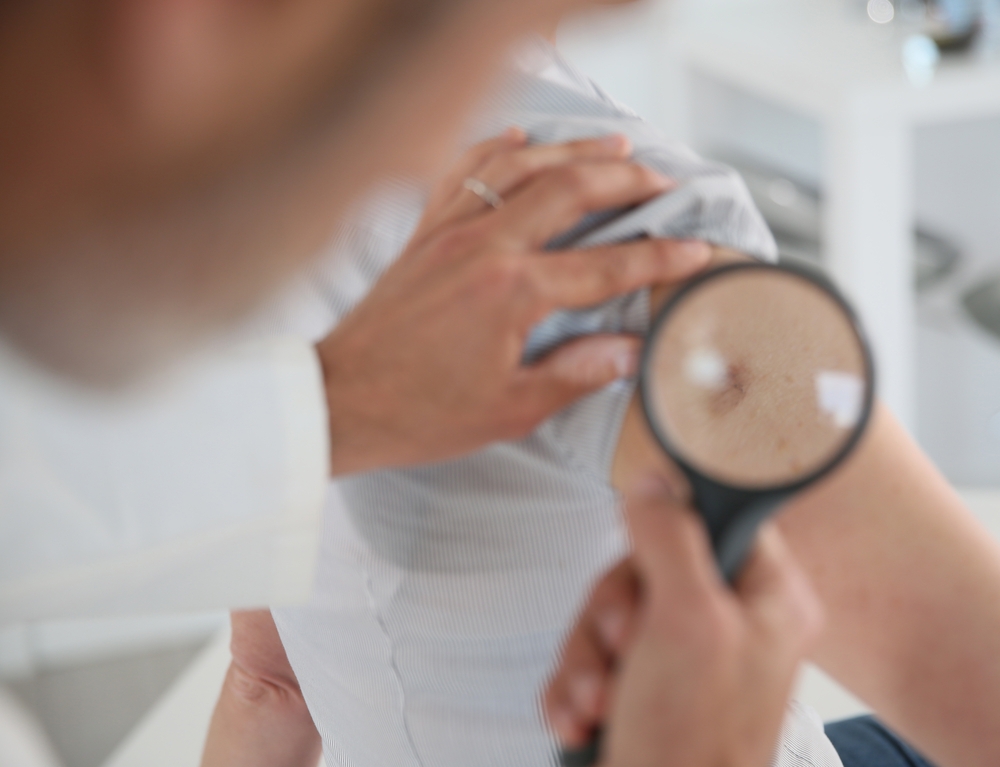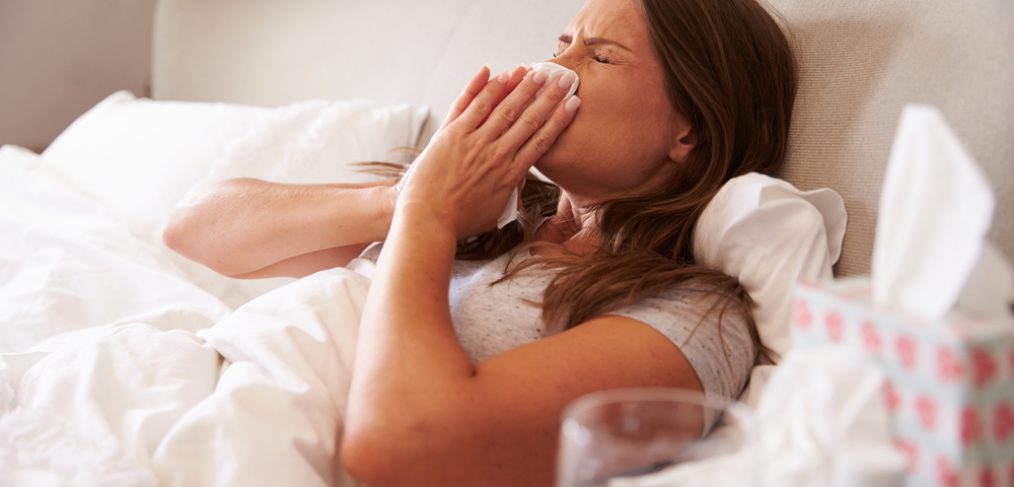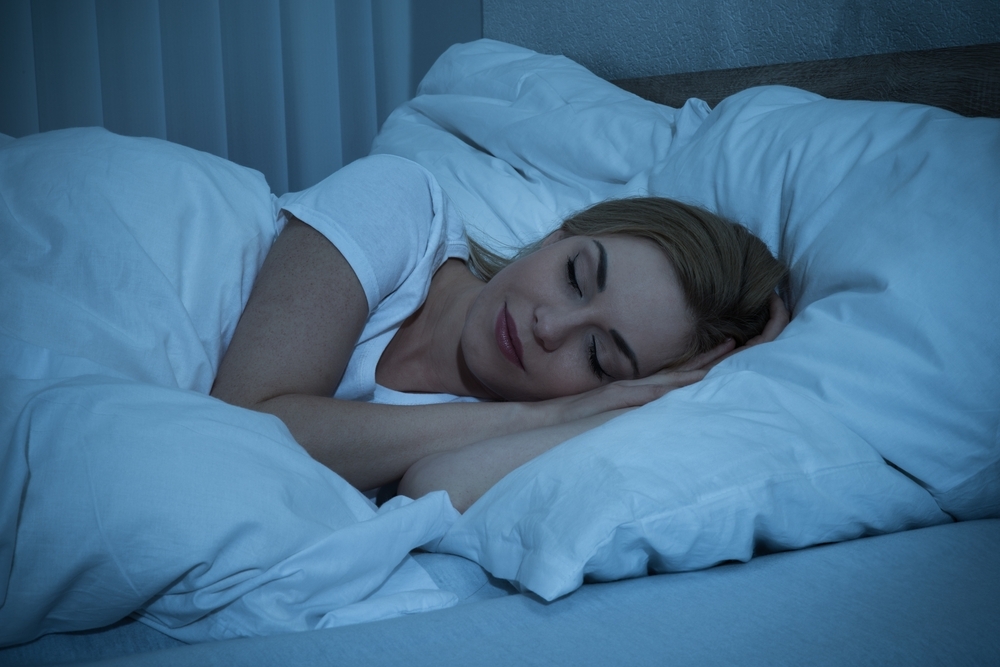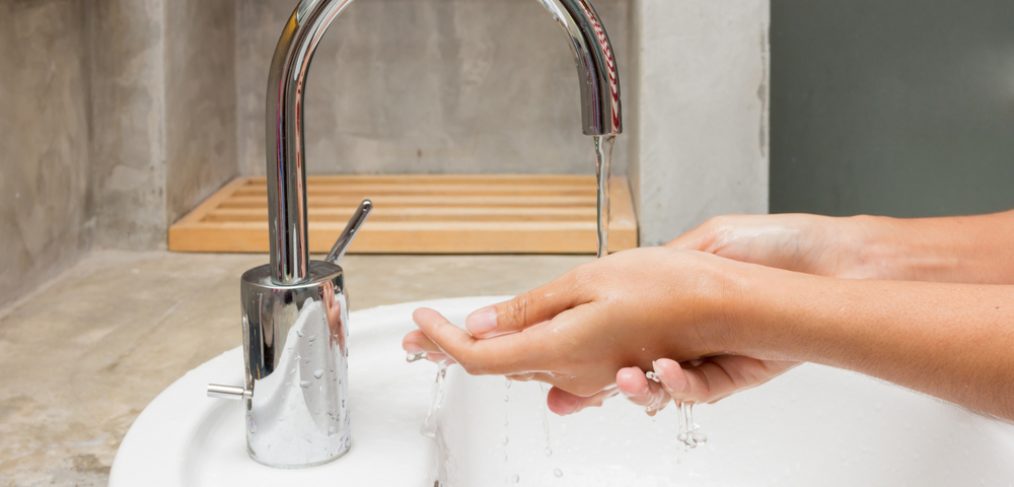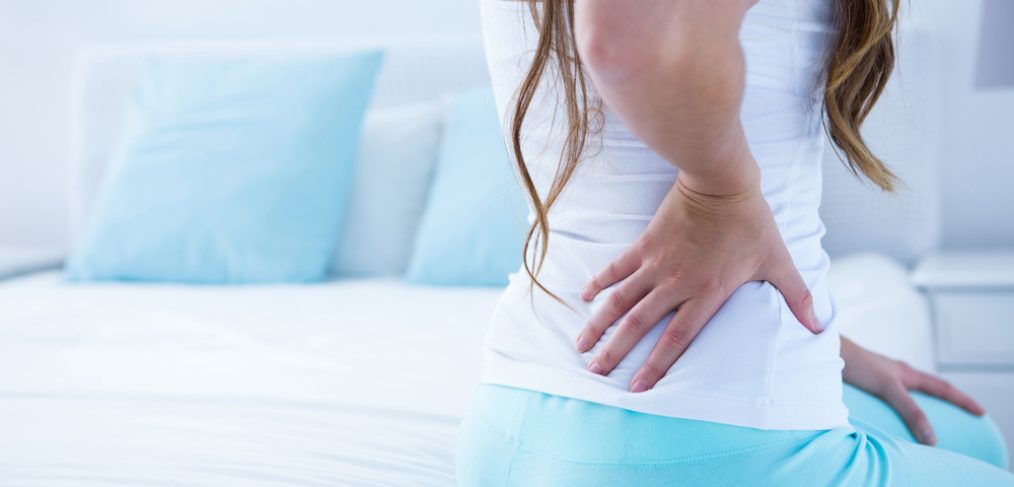A healthy body is the result of a healthy lifestyle and intentional actions.The decision to work towards a healthy body can be a little bit overwhelming because it may feel like you have to overhaul every aspect of your life. When adopting new lifestyle habits, it’s best to start slow and to add new habits gradually. The following five lifestyle habits are among the most important when it comes to getting, and maintaining, a healthy body.

Eat Well
Increase your intake of fresh fruits and vegetables, reduce the amount of sodium you eat and eliminate refined or processed ingredients as much as possible for a healthy body. Doctors and health experts suggest adopting a “meatless Monday” mentality and prepare at least one entirely meatless meal every week. Your diet should include plenty of dark leafy greens, complex carbohydrates like brown rice or whole grains and healthy fats like avocados or olive oil.

Physical Activity
Getting your body moving is so important to achieving a healthy body, both mentally and physically. If you’re a busy individual (and who isn’t?), you might stress about when you can find time to get to the gym or how you can fit 45 minutes of exercise into your nightly routine, but physical activity does not have to be an all or nothing thing. Making small changes to the way you live your daily life can result in some serious health benefits. In fact, a study published in the American Journal of Sports Medicine showed that taking short walks after eating a hearty meal reduced the amount of fat and triglycerides more effectively than long exercise sessions. Taking the stairs, taking stretching breaks every hour and parking your car further away are ways you can increase your physical activity without needing tons of time.

Read Labels
One habit that super healthy people always practice is to read the labels of everything they purchase. You might already read the ingredients list on the foods you buy, but what about the dish soap you use or your favorite shampoo? In order to treat your body well, you have to offer it the healthiest and most beneficial ingredients, which means that you need to be fully informed of what you’re putting into and onto your body. Always read labels on any product that goes in your body or on your body and avoid things like sulfates and parabens.
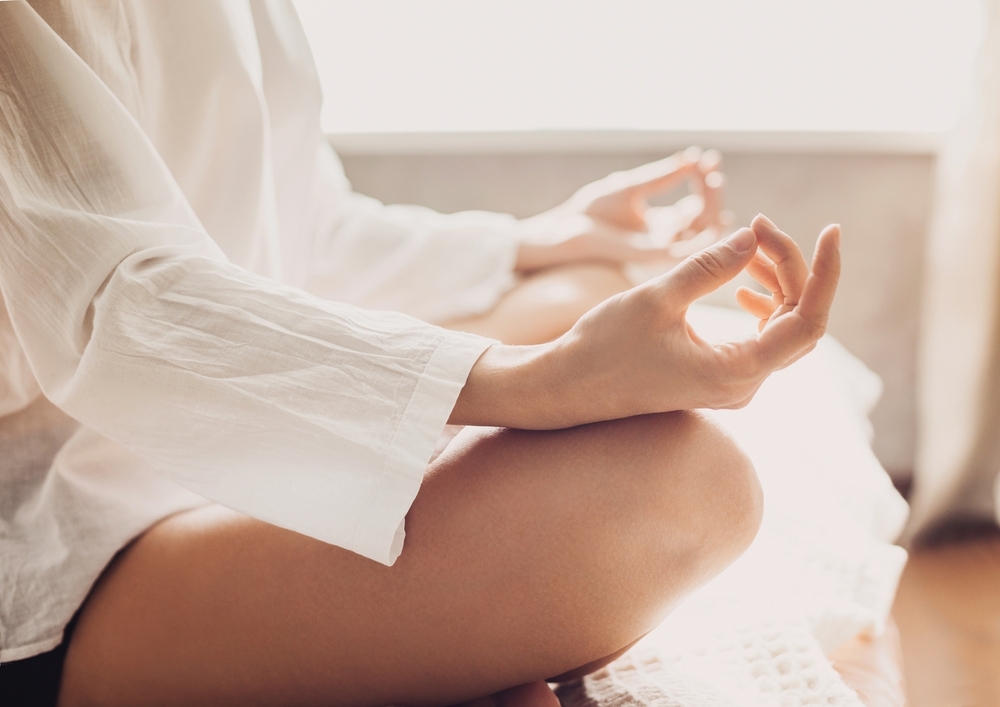
Reduce Stress
With the busy lives most of us live, it’s no wonder that high stress levels are rampant. Unfortunately, stress has more serious effects on your body than simply making you a bit cranky or grumpy. The American Psychological Association states that stress has negative effects on your respiratory, cardiovascular, endocrine, reproductive and nervous systems. Stress is commonly associated with tension-type headaches or migraines, it increases your risk of long-term heart disease and a higher risk of developing diabetes. Luckily, you can help to reverse these negative effects: “Relaxation techniques have been shown to effectively reduce muscle tension, decrease the incidence of certain stress-related disorders, such as headache, and increase a sense of well-being,” according to the American Psychological Association. Practice breathing exercises or meditation to help get your stress under control.
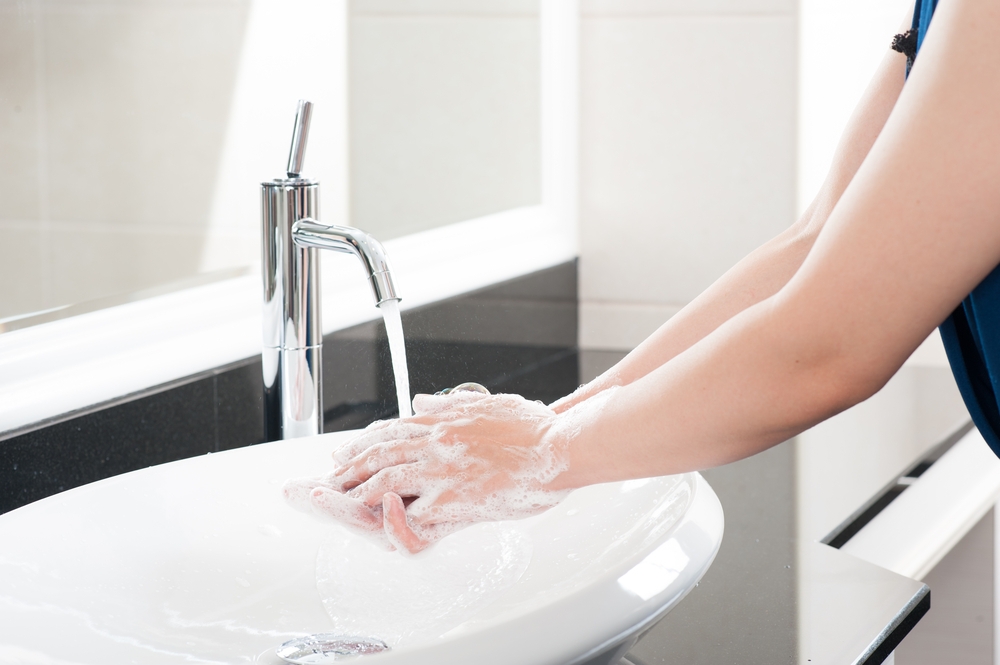
Wash Your Hands
Washing your hands is one of the most important things you can do to keep your body free from illnesses and infections. For the most effective clean, wet your hands with warm or cold water, then apply soap. Work soap into a lather for at least 20 seconds, making sure to clean the fronts and backs of your hands, in between your fingers and under your fingernails. Rinse your hands with warm or cold water and pat dry with a towel.
Achieving a healthy body is absolutely in your reach if you practice lifestyle habits that focus on all areas of your health. In addition to the above, drink plenty of water and make sure you’re getting enough sleep. Lifestyle habits for a healthier body improve both your physical and mental health, and lead to a happier life overall.



